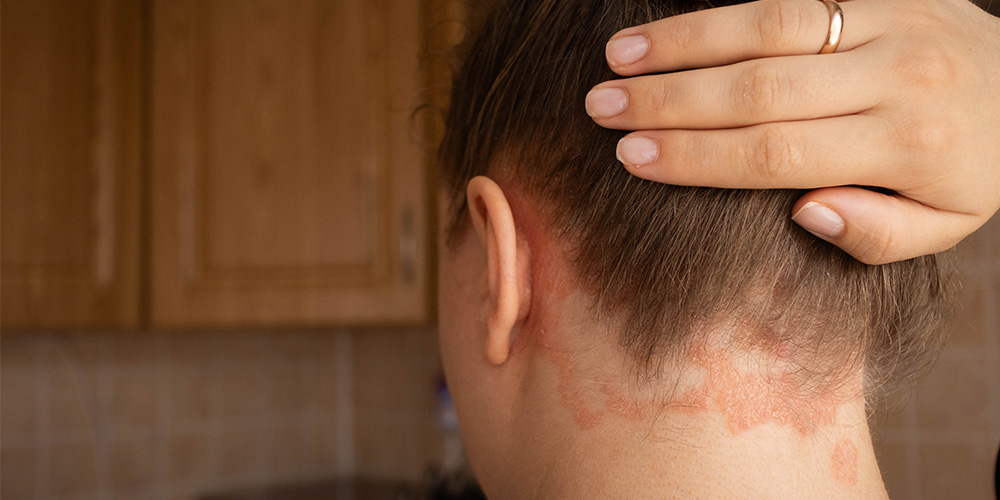Struggling with psoriasis can feel like an endless battle, but powerful tools like clobetasol propionate might just hold the key to smoother skin. This potent medication has become a go-to for many dermatologists, offering relief from the persistent symptoms of psoriasis. But what exactly does clobetasol propionate treat, and how effective is it in the long run?
Dive into the world of clobetasol for psoriasis as we at SO SO THIN unveil its potential to transform your skin care routine and bring you the confidence to face the day. Get ready to explore an exclusive solution that’s empowering patients and healthcare providers alike, providing not just treatment but a sense of control over psoriasis.
Understanding Clobetasol for Psoriasis
Clobetasol propionate is a powerful tool in the fight against psoriasis. In this section, we’ll dive into what makes this medication effective and how it can address the persistent symptoms of this condition. By understanding its mechanism and application, you can better appreciate its role in psoriasis treatment.
What is Clobetasol Propionate?
Clobetasol propionate is a potent topical corticosteroid used to reduce inflammation and alleviate symptoms associated with skin conditions like psoriasis. It’s available in various forms, including creams, ointments, and shampoos, catering to different needs and preferences.
The primary function of clobetasol is to suppress the immune response that leads to skin inflammation. By doing so, it reduces redness, swelling, and itching, providing relief to those suffering from psoriasis.

Despite its efficacy, clobetasol is meant for short-term use due to its strength. Prolonged application can lead to side effects, so it’s crucial to follow a healthcare provider’s guidance. Understanding these aspects ensures that users can benefit from clobetasol’s strengths while minimizing risks.
How Clobetasol Treats Psoriasis
Psoriasis is a chronic skin condition characterized by rapid skin cell turnover, which results in thick, scaly patches. Clobetasol propionate works by slowing down this process, allowing skin cells to develop at a more typical rate.
- Reduction of Inflammation: Clobetasol targets inflammation, one of the core components of psoriasis, thereby alleviating symptoms like redness and irritation.
- Immune System Modulation: It modulates the immune system’s activity, reducing the production of inflammatory markers responsible for flare-ups.
- Symptom Relief: By addressing these biological processes, clobetasol provides relief from itching and discomfort, improving the skin’s appearance and texture.
Clobetasol acts as a powerful ally in managing psoriasis symptoms, helping patients maintain their skin’s health and appearance.
Duration in the System
Understanding how long clobetasol stays in your system is vital for effective and safe treatment. Clobetasol’s effects are localized and typically do not linger in your system for extended periods when used as directed.
Absorption and Elimination: Topically applied clobetasol is absorbed through the skin. The body processes and eliminates it, typically within a few days, depending on factors like dosage and frequency of use.
To maximize safety and efficacy:
- Follow Prescriptions: Adhere strictly to prescribed usage.
- Monitor Skin: Regularly assess skin for improvement or adverse reactions.
- Consult Healthcare Providers: Seek professional advice if symptoms persist or worsen.
In summary, the strategic use of clobetasol propionate for psoriasis can provide significant relief, but it’s essential to stay informed and cautious about its duration in the system.
